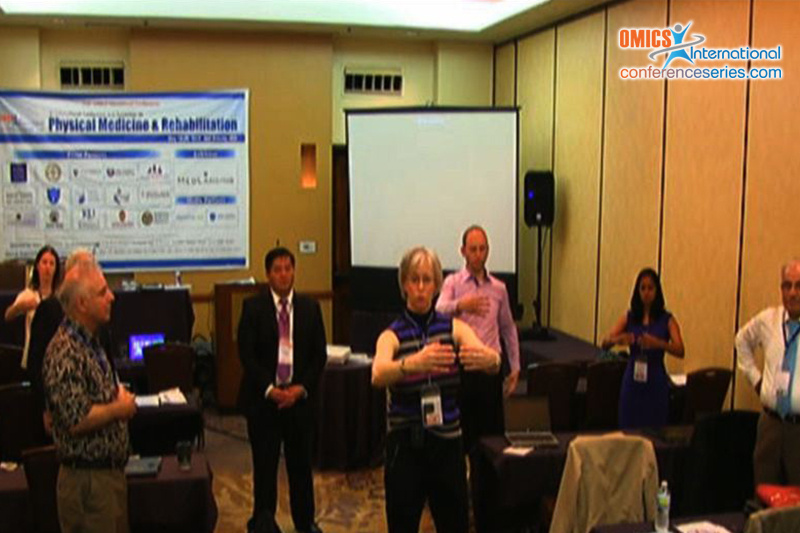
Abdullah M Al-Shenqiti
Taibah University
Saudi Arabia
Title: The use of low intensity laser therapy in peripheral nerve regeneration: An updated critical review
Biography
Biography: Abdullah M Al-Shenqiti
Abstract
Objectives: This review describes the possible factors that may have contributed to the variability of the results between studies that have assessed the effects of Low Intensity Laser Therapy (LILT) on peripheral nerve regeneration. Furthermore, it aims to make recommendations to overcome the methodological shortcomings identified. Methods: A comprehensive search of the literature using ‘peripheral nerve injury’, ‘laser therapy’, ‘phototherapy’, ‘nerve repair’ and ‘nerve regeneration’ was conducted via Medline, Embase, Cinahl and the Cochrane Controlled Trial Register followed by a hand search. In vitro, in vivo experimental studies and clinical trials were included. Results: 25 studies were critically reviewed and showed considerable variability in irradiation parameters, techniques, approaches, length of irradiation courses, experimental injury tools and procedures. Discussion: Many studies that have investigated the use of LILT in nerve regeneration produce positive results. However, the majority of these studies suffered from a number of shortcomings: No evidence of blinding and/or randomizing procedures, lack of specification of irradiation parameters, unspecified and/or inadequate tests in their experimental injury procedures, inappropriate irradiation parameters and/or poor experimental conditions. Conclusions: The results of the studies that investigated the use of LILT in nerve regeneration were variable. This was probably due to different irradiation parameters, techniques, approaches, length of irradiation courses and experimental injury procedures.


